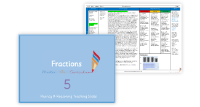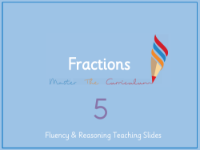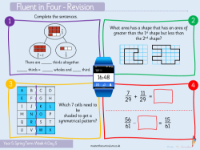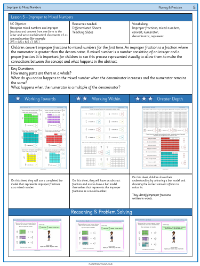Fractions - Improper to mixed numbers - Planning
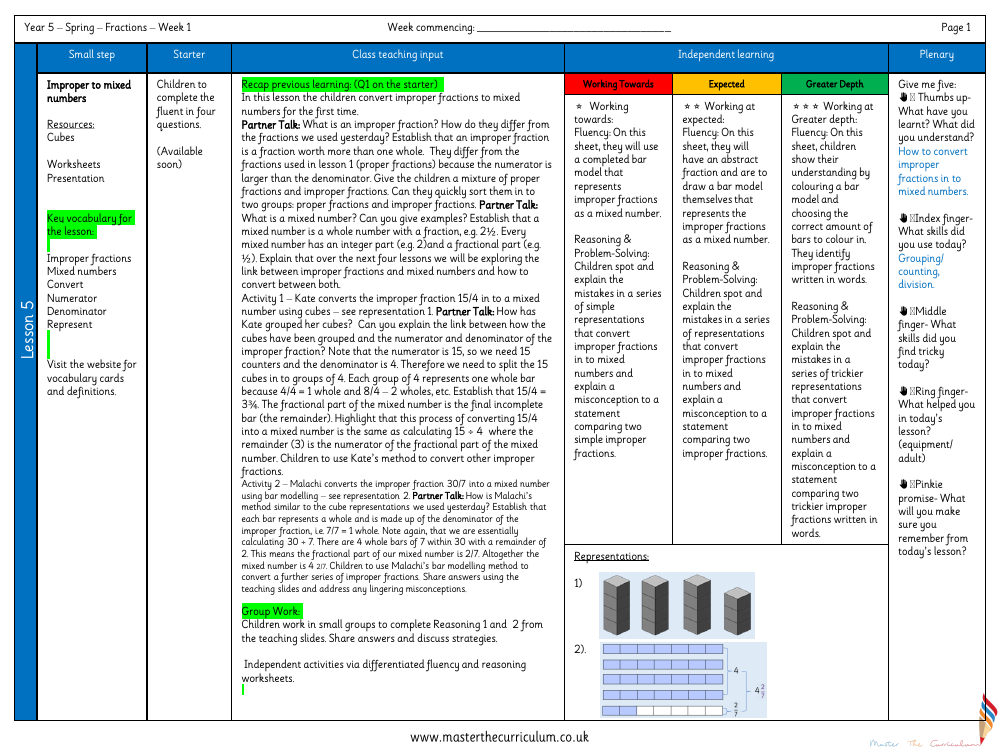
Maths Resource Description
In the first week of the Spring term, Year 5 students embark on a journey to understand fractions, specifically focusing on converting improper fractions to mixed numbers. The lesson starts with a brief recap of previous learning, where the concept of improper fractions—fractions with a numerator larger than the denominator—is introduced. Students engage in partner discussions to differentiate between proper and improper fractions and to grasp the idea of mixed numbers, which consist of a whole number combined with a fraction, such as 2½. The lesson's activities are designed to visually represent this conversion process using cubes and bar models, reinforcing the understanding that the whole number in a mixed number comes from dividing the numerator by the denominator, while the remainder forms the fractional part.
Through hands-on activities, students convert improper fractions into mixed numbers by grouping cubes or using bar models to divide the numerator by the denominator. For example, converting the improper fraction 15/4 into a mixed number involves grouping 15 cubes into sets of 4, resulting in 3 whole groups and a remainder, which is the fractional part. Similarly, converting 30/7 into a mixed number is demonstrated by creating whole bars from the 30 units, each bar representing 7 units, and identifying the remainder to complete the fractional part of the mixed number. These visual tools aid in clarifying the process and addressing any misconceptions. The lesson is complemented by differentiated worksheets and group activities that encourage reasoning and problem-solving, catering to various levels of understanding from 'Working Towards' to 'Greater Depth'. Students are encouraged to reflect on what they have learned, the skills they have used, and the strategies that have helped them during the lesson.

